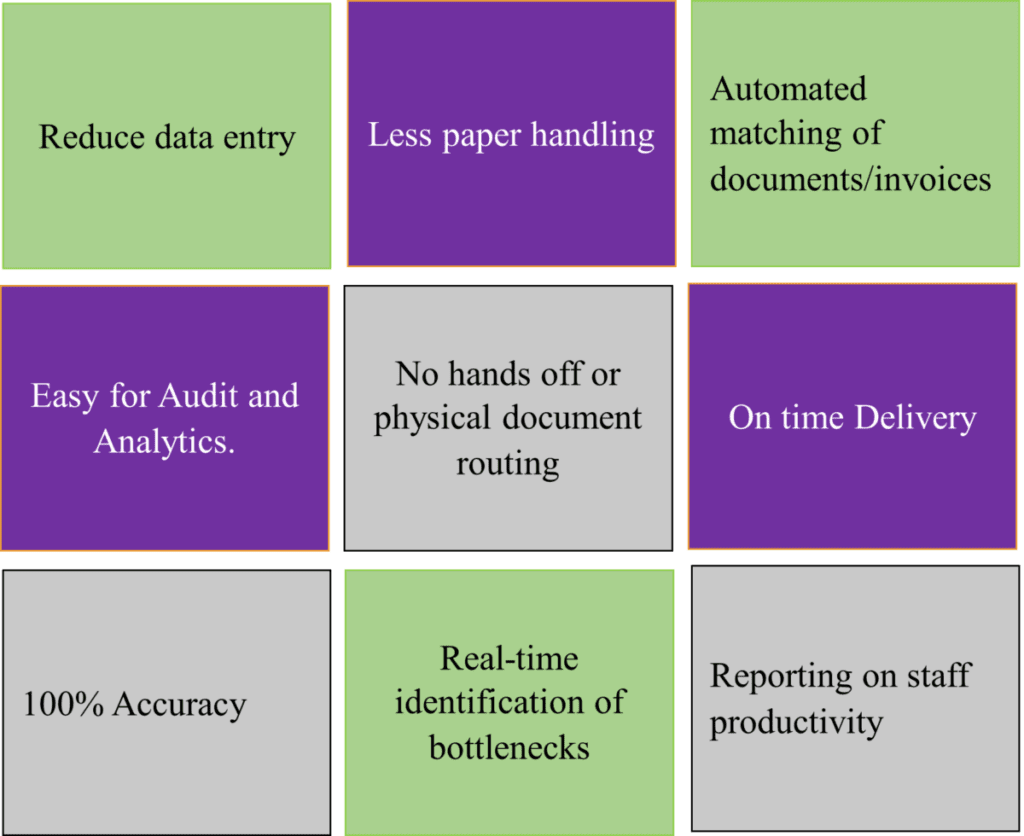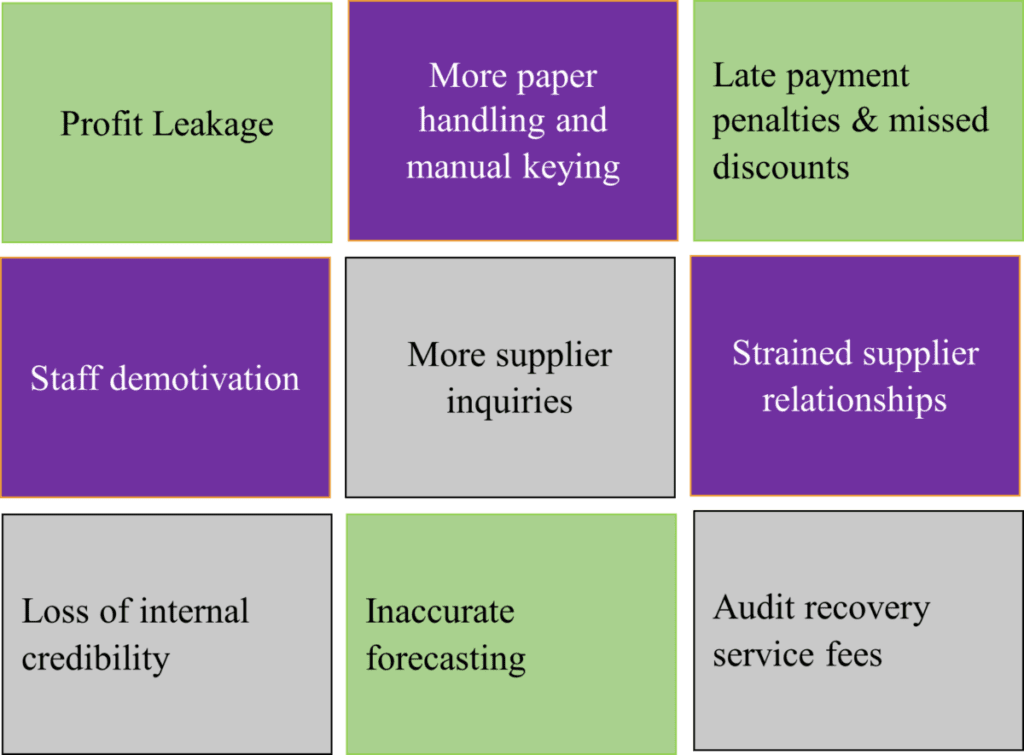Re-engineering business models with RPA
Post Covid-19
What is Robotic Process Automation?
RPA Automation is a form of business automation technology sometimes referred to as software robotics or Digital employees. In traditional workflow automation tools, a software developer produces a list of actions to automate a task and interface to the back-end system using internal application programming interfaces (APIs) or dedicated scripting language. In contrast, RPA systems develop the action list by watching the user perform that task (through) application’s graphical user interface (GUI), and then perform the automation by repeating those tasks directly in the GUI. This can lower the barrier to use automation in products that might not otherwise feature APIs for this purpose.

The above graph is how RPA automation can help in business processes. The most important area RPA automation excels is that one software BOT will complete the work of three to four people. In any company labor is a major cost which can impact the bottom line. Staff are a liability, therefore RPA automation can assist businesses in reducing their overhead costs in many ways.
For example:
· Hourly average cost per person: $28.75
· Daily cost per person: $28.75 x 8hrs = $230
· Monthly cost of four persons: $230 x 30 x 4 = $27,600
· Monthly cost per Bot with development and implementation of initial process: $1950

What RPA can eliminate?
Trained BOT will help in gaining continuous improvement (KAIZEN). This will help mostly companies as a disaster recover plan for almost all the businesses. In Australia for casual employees’ certain companies pay more than millions of dollars. Having a trained BOT will minimize that cost at least by 80%. Saving 80% money is what needed in a business to recover at this stage and most importantly having employee retention within the company. One of the biggest advantages of robotic process automation is the immediate and significant reduction in expenditure it can deliver. When work is automated, not only is it completed faster, but it also can be performed round-the-clock at a much lower rate. So, you get greater output for less, which results in a better bottom line.
Quality and accuracy are one of software bots’ major strengths where it works excluding emotions. Professionalism is achieved 100% by bots. Even the most careful human can and will make a mistake. Multiply those errors by the number of people you have performing routine tasks for your company, and you could be looking at a pretty costly problem. With RPA, the work is performed error-free. Better quality means higher satisfaction rates, which – again – is good for your company’s profitability.
Published On: June 24, 2020
OUR BLOG
“Join the conversation and stay informed with our blog! We share informative and thought-provoking content on a variety of topics that matter to you. From industry trends to expert opinions, we strive to bring you the latest and greatest. Let’s engage and learn together. Subscribe now and never miss a post!”
Emerging Technologies
Emerging Technologies
Artificial intelligence is gaining significant momentum in healthcare and is forecast to have the potential to transform the industry, as well as the way practitioners interact with their patients.
Emerging Technologies
Much real estate work is time sensitive, repetitive, complicated, and deeply time consuming. Sounds like just the sort of tasks that should be cared for by a machine—a robot


